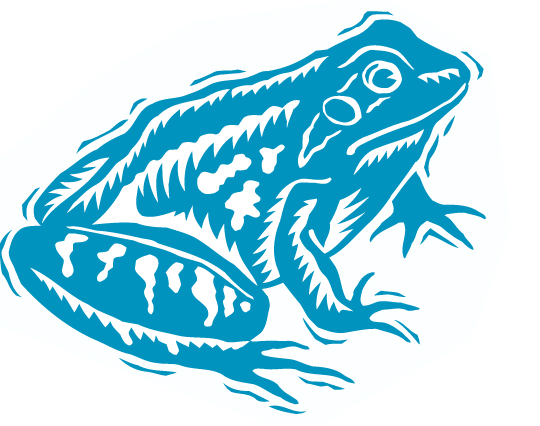It is an old tale that if you put a frog in a pot of boiling water, it will leap out. But if you put it in a pot of lukewarm water and turn up the heat slowly, the frog will stay in the pot until it boils to death because its sensing mechanism cannot detect gradual changes in temperature. The frog story captures the “Drifting Goals” archetype because it describes a scenario in which performance or expectations degrade imperceptibly over a long period of time.
A “Drifting Goals” situation starts when there is a gap between desired performance and actual performance. To close the gap, one choice is to take corrective action, which requires time, effort, funds, and attention. Taking corrective action, however, can pose several problems. First, there is often no guarantee that it will work. In addition, because its effects are realized only after a delay, there may be little organizational patience for it. Furthermore, taking corrective action may mean acknowledging that something is wrong, which can lead to the assumption that someone should be blamed and punished. This, in turn, may bring about conflict as different parties try to place blame elsewhere—something to be avoided in most organizations.

The other choice is to lower the desired performance, or the goal, toward the level of actual performance. The gap disappears, but so does the pressure to take corrective action to improve the actual state. Lowering one’s goals isn’t always a bad thing. Sometimes it’s wise to adjust initial goals, when they turn out to be misdirected or inappropriate, or when there are extenuating circumstances that require us to be flexible. However, new priorities, other implicit goals of the system, or daily survival pressures may lead us to rationalize that the goal needed correction or that our organization will resume the old standard once “everything settles down.” Distinguishing between legitimate adjustments and truly eroding goals is the key challenge in a “Drifting Goals” situation.
Trouble with Tato Bits
Here’s a slightly more appetizing example. Western Foods is committed to producing quality Tato Bits with chunky insides and a light, crispy coating. In order to increase efficiency, the company institutes a series of cost-cutting initiatives. Plant managers increase line speeds and change cooking and storage methods.
Over the next five years, sales of Tato Bits begin to slip. Managers assume there has been a change in people’s eating habits away from fried foods. Two more years go by, and sales continue to decline. Western Foods decides to conduct consumer research studies. Feedback reveals that the taste and consistency of Tato Bits has changed for the worse.
Further analysis suggests that the gap between the quality standard and actual Tato Bit quality had first appeared more than 10 years ago. The gap should have signaled management that Western’s processes, equipment, or ingredients needed attention and possible investment. However, the company was distracted by its cost-control campaign, and the quality standard was allowed to drift in favor of other changes and the need to keep production moving. Very slowly, almost imperceptibly, quality had slid below consumers’ level of tolerance.
, “Soaring” Goals
Fortunately, “Drifting Goals” doesn’t always have to lead to declining levels of performance. This archetype can also be reversed into a case where goals and standards continually improve. In this scenario, every time we meet a standard and close a performance gap, we raise our goal even higher. The gap between desired and actual performance opens once again, and we move into action to bring performance into line with the new goal. This version of “Drifting Goals” underlies quality-improvement and self-development programs. It can sometimes drive work group, academic, and family dynamics in which good performance is recognized in such a way that it stimulates even higher performance levels—what we might call “Soaring” Goals!
This article was adapted from Systems Archetype Basics: From Story to Structure by Daniel H. Kim and Virginia Anderson (Pegasus Communications, 1998).
Virginia (Prinny) Anderson is the founder and principal consultant at Design for Learning.
